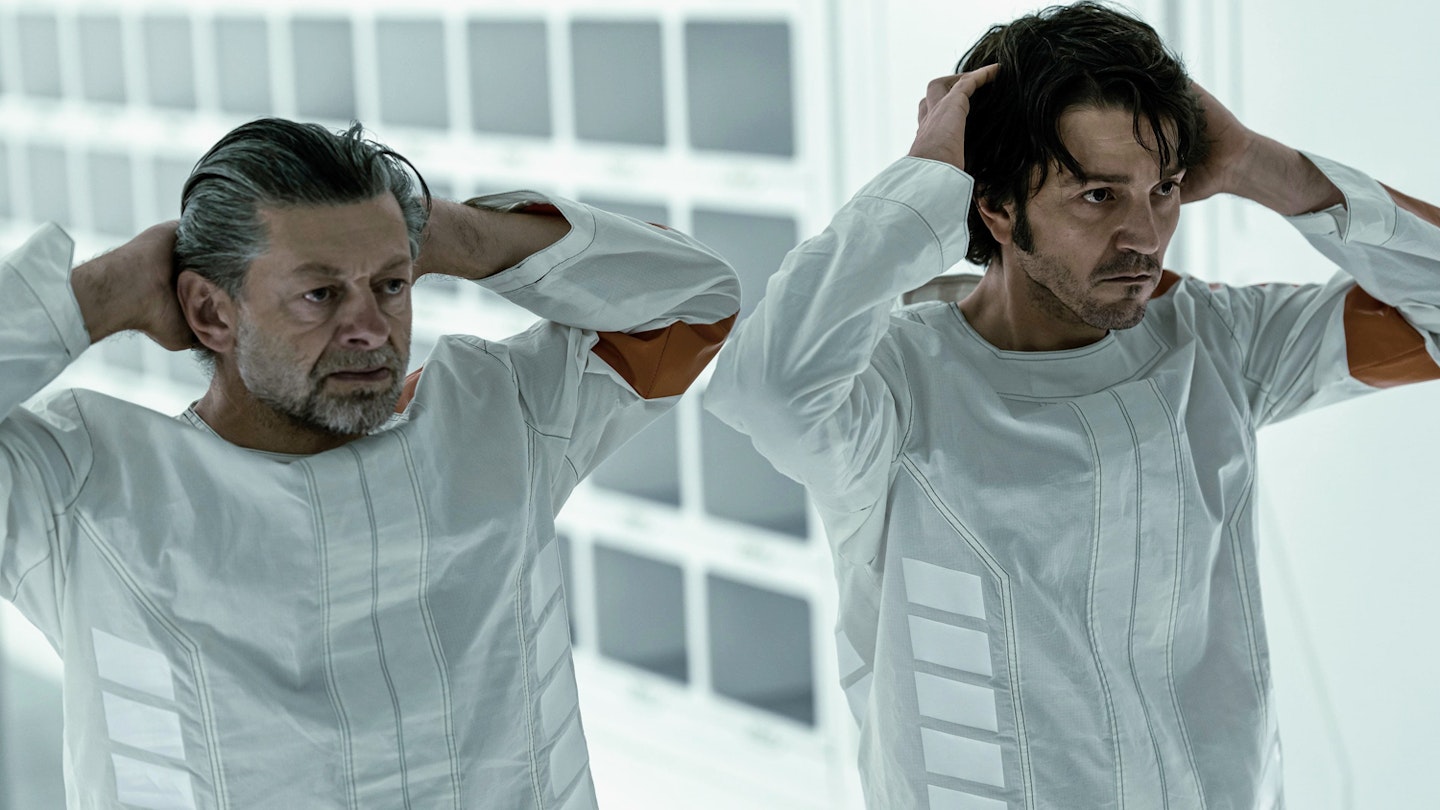WARNING: Contains spoilers for Andor: Season 1
“Our goal with Andor is ambitious but simple,” series showrunner Tony Gilroy told Empire earlier this year. "We want to blow the hardcore Star Wars people away. But we also want [that] person in their life who's never got why they're into Star Wars. We're absolutely going for both audiences." Twelve episodes later, it’s fair to say that Gilroy has achieved said goal in style. Andor has been a triumph – not only boasting stunningly-realised action set-pieces to delight the 'hardcore' faithful, but also delivering intricate storytelling, deftly woven political satire, thrilling spy-jinx and a stark, warts-and-all meditation on the nature of revolution.
Here, we look back at the ten moments that made Andor the most radical Star Wars series yet...
Cassian shoots first (Episode 1)
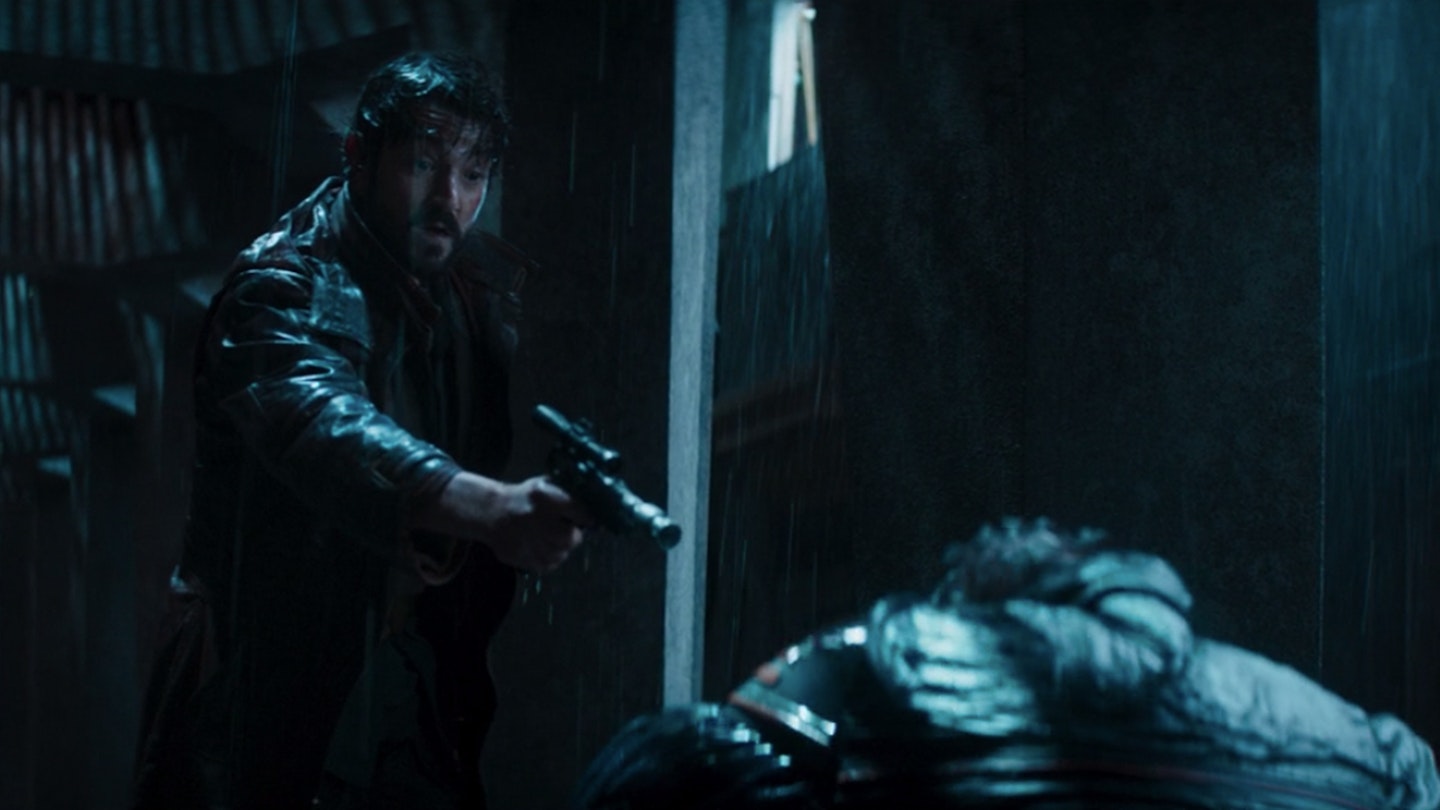
As demonstrated in Rogue One, Cassian Andor knows how to make an entrance. That film saw Diego Luna's spy gun down a fellow rebel in his first scene – and in Andor, too, Cassian opens with a bang. Five minutes into the opening episode, our hero shoots dead an unarmed Imperial guard, having just fatally headbutted another one. It's a vicious moment that not only sets in motion the chain of events powering the whole series, but also provides a statement of intent for the show. Namely: this is not your average Star Wars fare. Right from the off, Andor sets its stall out as dark, gritty and brutal – as different from Obi-Wan Kenobi and The Book Of Boba Fett as Rogue One is from Caravan Of Courage.
The backdoor getaway (Episode 3)

After a slow-ish start, the series exploded to life in Episode 3, thanks to some brilliant writing and an action set-piece for the ages. Meeting Cassian on Ferrix, Stellan Skarsgard's double agent Luthen Rael delivers a rousing indictment of the Empire ("The sound of that voice telling you to stop, to go, to move... Rings in the ear, doesn't it?"), while security forces close in. Seemingly done for, the pair cunningly dupe the soldiers into shooting up an empty vehicle, before scarpering on a speeder bike. The look of crushed despair on the face of Syril Karn (an excellent Kyle Soller) as he watches them get away is truly a thing to cherish.
The mountains of Aldhani (Episode 4)
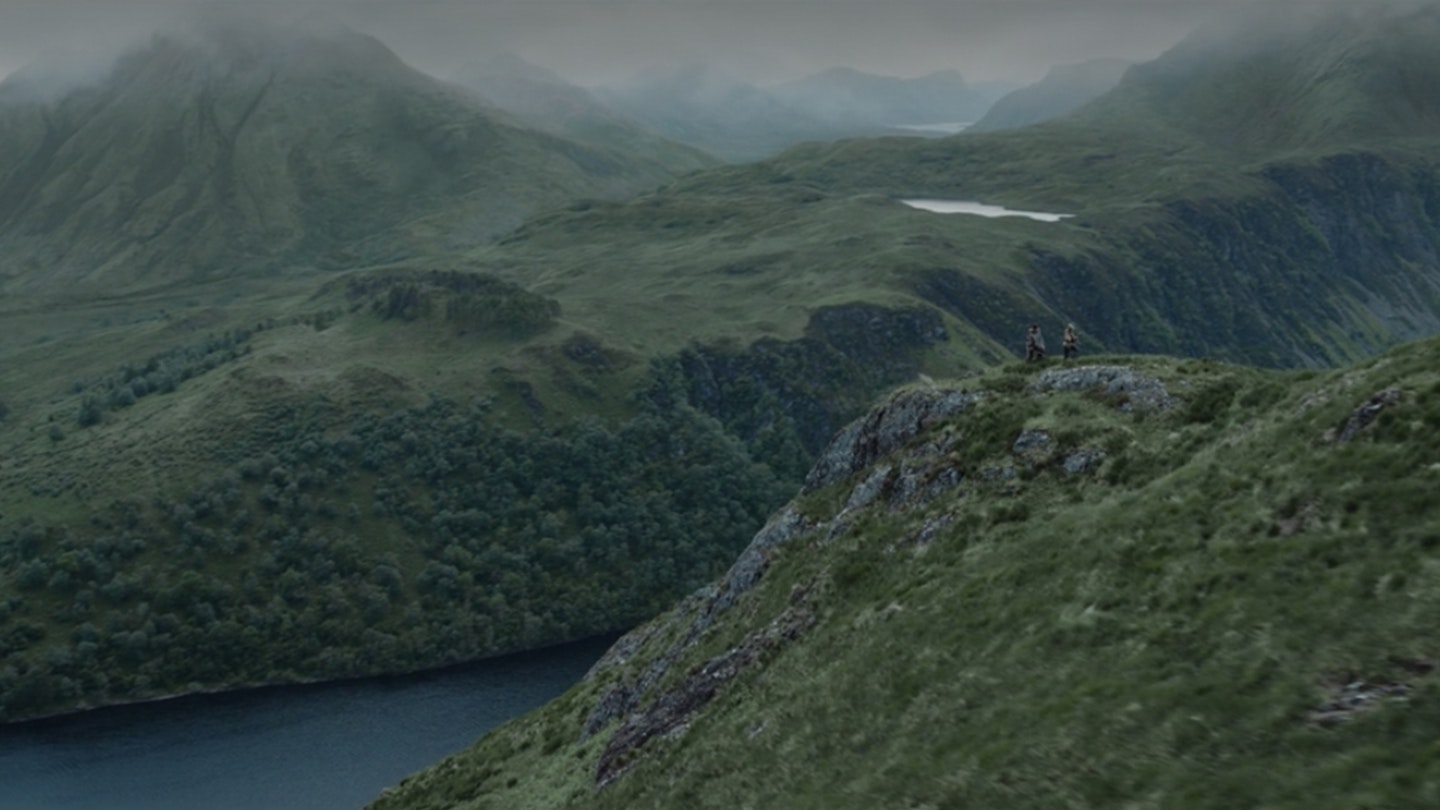
“By episode three, you might think you know what this series is about,” Diego Luna told Empire back in August. “But watch episode four, and you'll be like: 'Holy crap! They went somewhere else!'” Luna wasn’t kidding. That 'somewhere else' is the verdant planet of Aldhani, where Cassian is shipped off to join a motley crew of rebels preparing to hijack the Empire's payroll. Rather than using the studio-based StageCraft VFX that has defined every other live action Star Wars show, Andor filmed on location in the lush, rainy highlands of Scotland. That first sweeping shot of Cassian and Vel winding through the hills is breath-taking, and a solid indication that Andor wouldn’t just be tonally different from other Star Wars fare – it would look completely different, too.
The Eye opens (Episode 6)
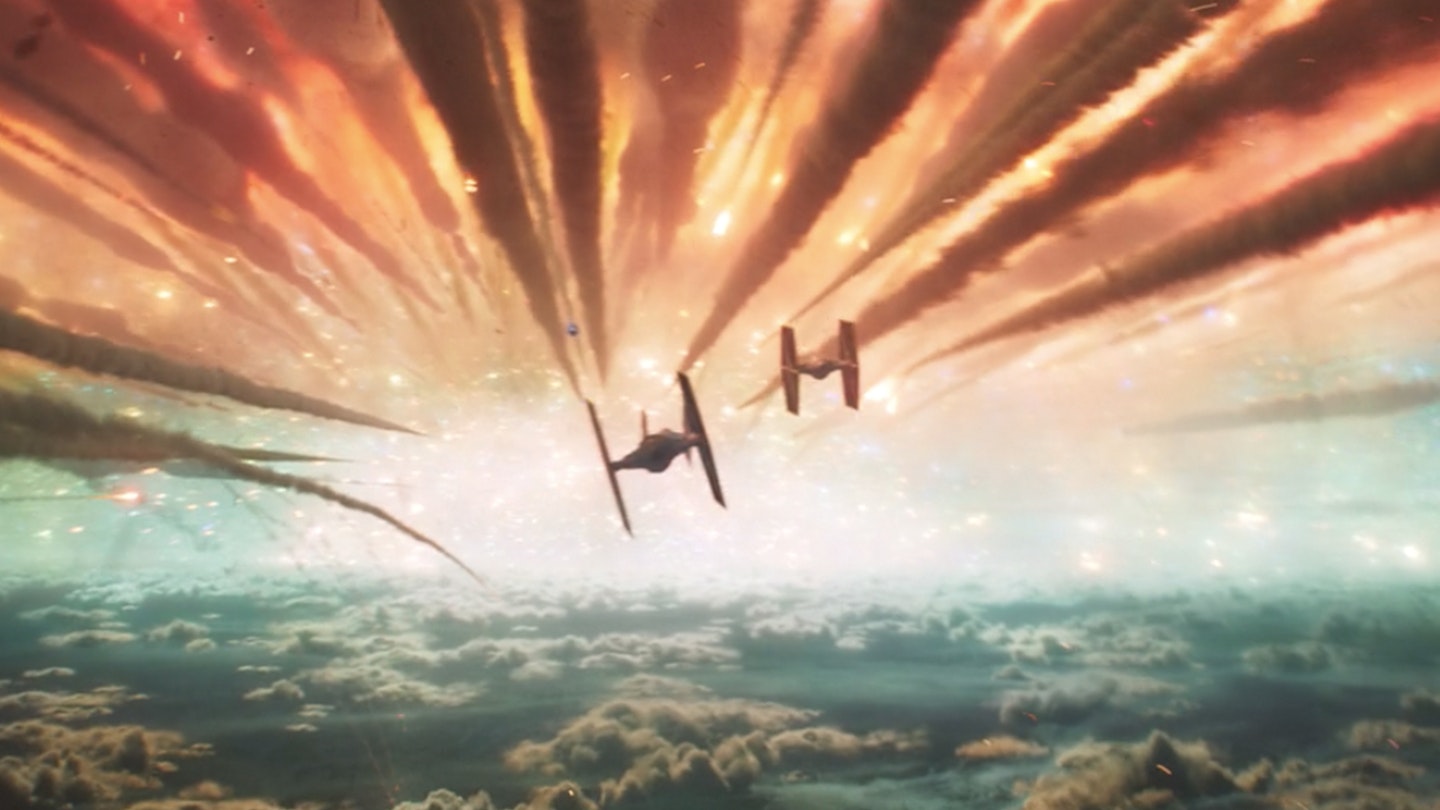
Having stewed on the heist for two whole episodes, the series was under pressure to deliver something spectacular when it arrived. And deliver it did. The Bourne-esque setup was thrilling – Vel and Cinta performing all manner of extreme sports to get into position, while the lads did their best Imperial officer impressions. But the real highlight was the getaway dogfight set against 'The Eye' – a celestial weather phenomenon that made the Northern Lights look like a light drizzle. As visually arresting as anything in Star Wars history, this was truly Gilroy's “ambitious but simple” goal come good: whether you were a life-long fan or a franchise newbie, you couldn't be anything other than gobsmacked.
The death of Nemik (Episode 6)
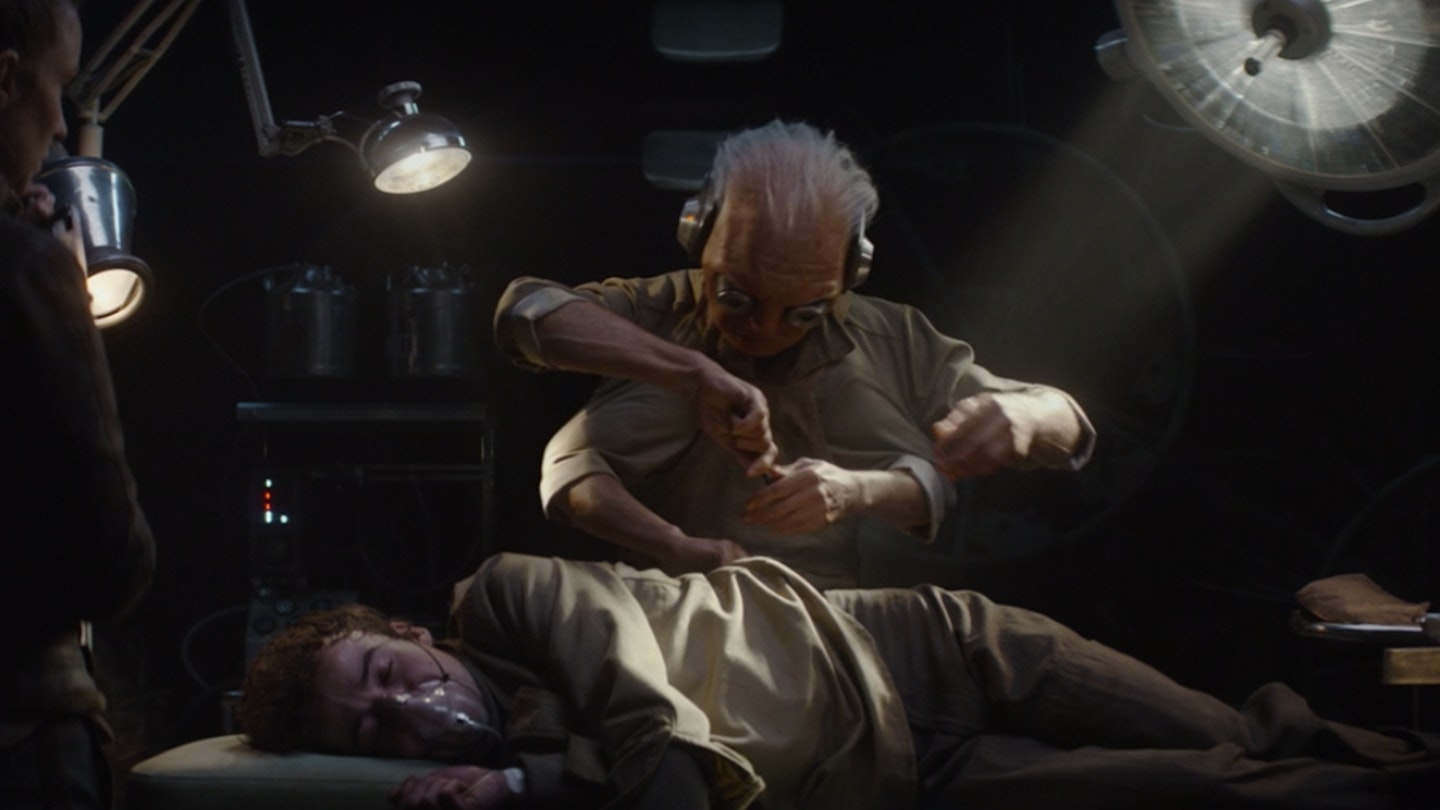
Ah, Nemik. Among the rough ’n’ ready rebels of Aldhani, you were the innocent one. Sweet natured, nerdy, and with an excellent taste in hats, you were steadfast in the belief that Good can – and will – triumph over Evil. And how did the series reward you for these saint-like traits? It crushed you half to death, and left you to bleed out on the operating table of a four-armed doctor! Yep, coming right at the series’ mid-point, this was a moving reminder that Andor's philosophy has more in common with Game Of Thrones than Star Wars. On this show, chaos reigns, no one is safe, and terrible things happen to nice people.
Dedra owns the room (Episode 7)
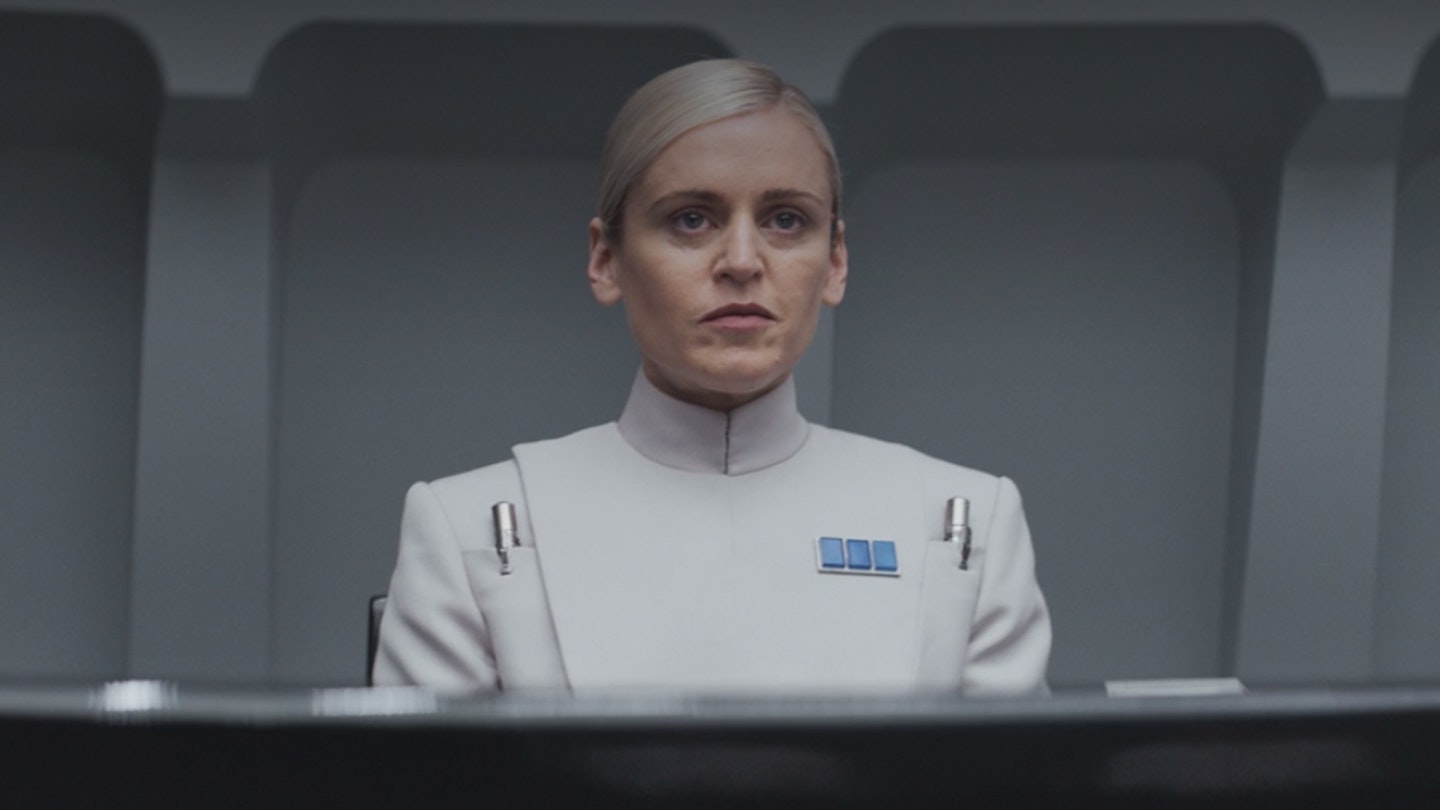
Of the many standout performances in Andor, Denise Gough's turn as steely ISB supervisor Dedra Meero might just be the standoutiest (a technical term). Frustrated by bureaucracy and intent on squashing revolution at all costs, Dedra has the permanent air of someone chewing a lemon full of wasps. Gough is so brilliantly watchable in the role that she almost has you liking the character – until you remember she's a twisted monster with a penchant for aural torture. Her big moment comes in Episode 7 when she manages to talk an entire room of her peers and superiors around to her theory that the rebels are readying an attack. “Systems either change or die,” she declares sharply, sporting a smirk that could curdle milk.
Vel and Cinta (Episode 8)
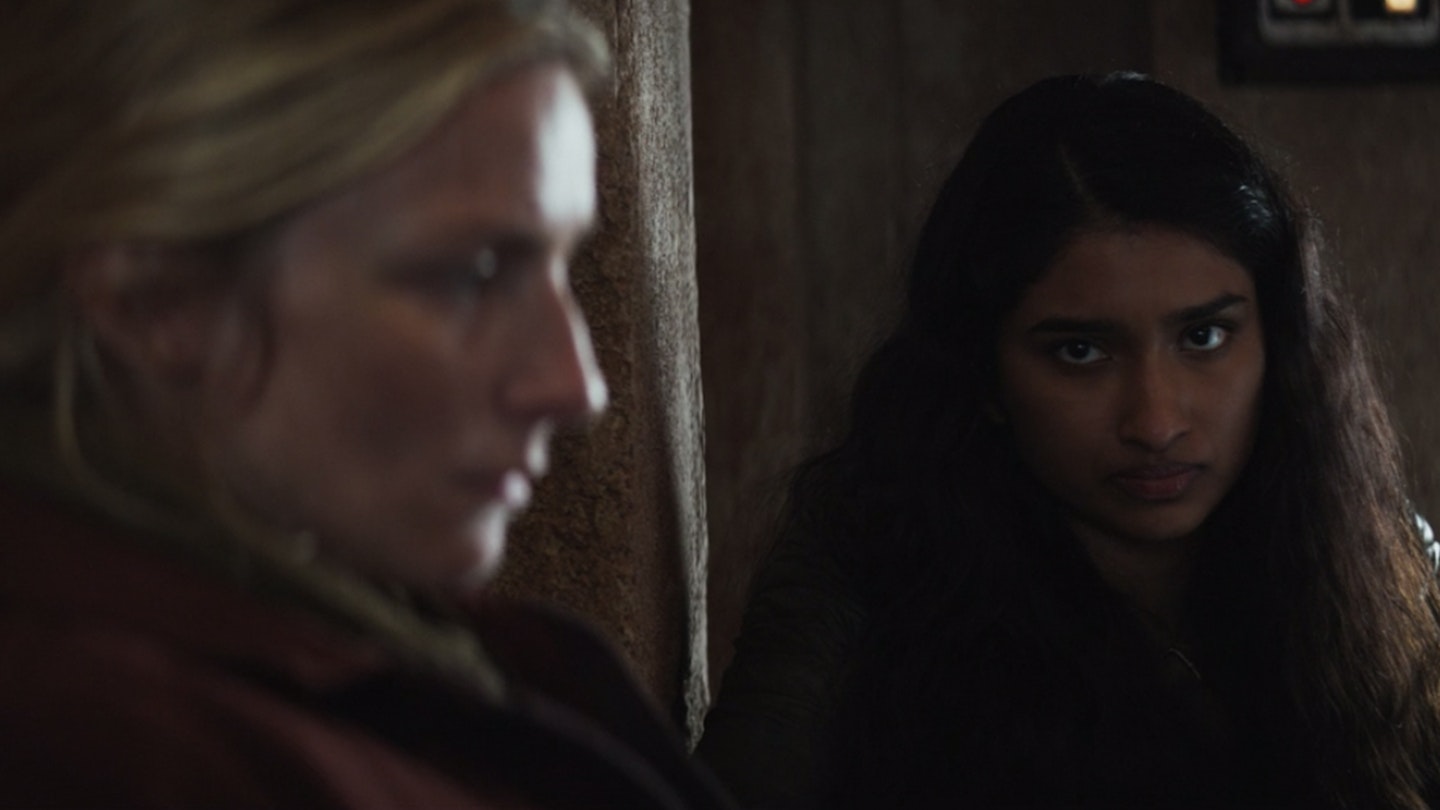
Having spent previous episodes teasing the idea that Vel and Cinta were more than just friends (and co-heisters), Episode 8 finally made it clear that they were indeed Star Wars' first same-sex couple. A world away from that fleeting kiss between two nameless female Resistance fighters in The Rise Of Skywalker, Andor presented us with a pair of complex, carefully-drawn characters who just happen to be gay. As well as its welcome representation, the scene also boasts some of the series’ best – and most prophetic – dialogue. Cinta's statement that, "The struggle will always come first. We take what's left", could very well be a tagline for Rogue One.
Kino Loy takes charge (Episode 10)
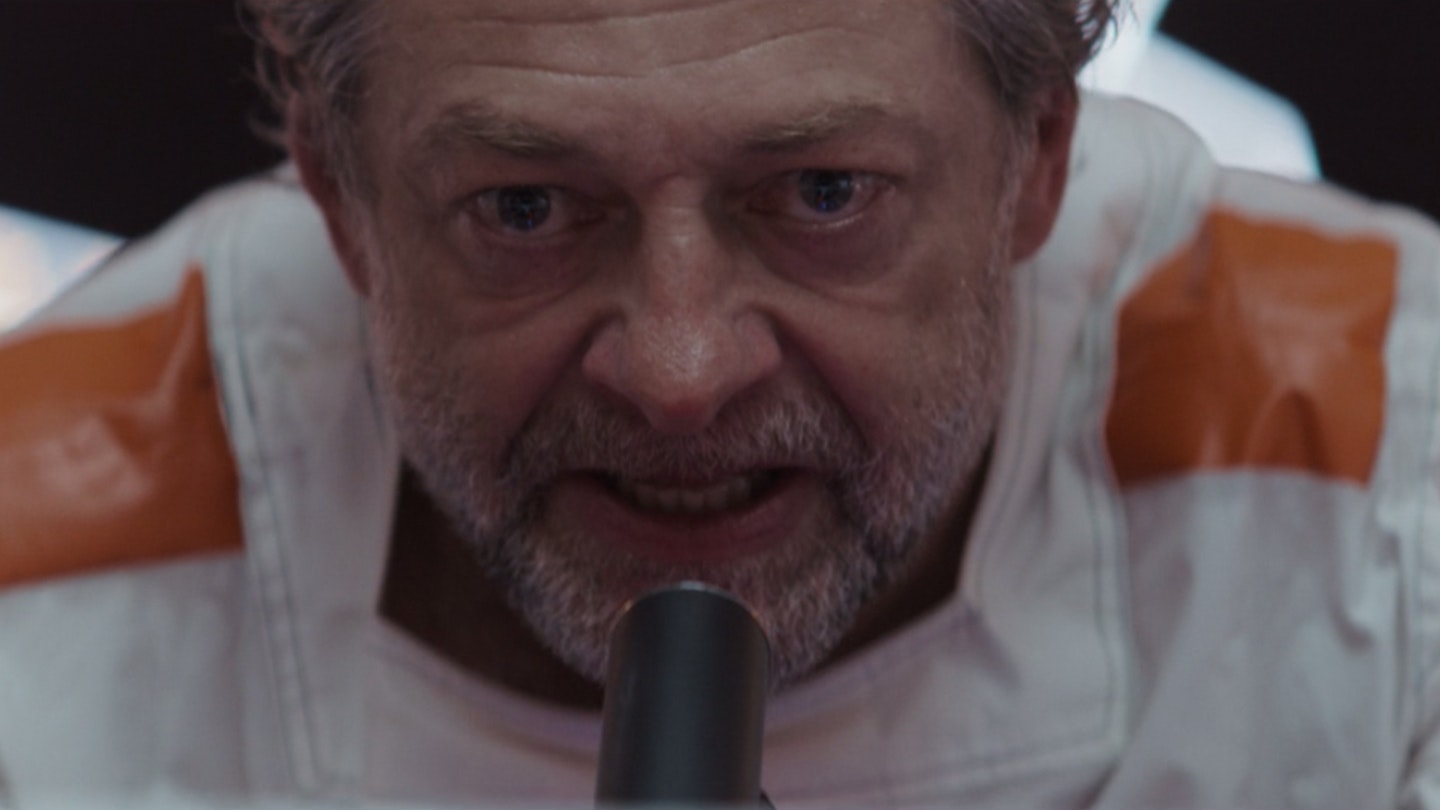
Andy Serkis' gruff Narkina 5 shift manager spends most of Episode 8 and 9 barking at Cassian to keep his head down and await release from jail (“On program!”). That all changes when Kino learns the guards have massacred hundreds of prisoners on the other side of the complex, and – ultimately – no-one is getting out. From the lockup's control room, Kino delivers a rallying call to arms over the intercom, set against stirring visuals of convicts clambering to freedom. It's a masterful performance by Serkis, who has Kino appearing to convince himself even as he speaks the words. By the time he turns to the guards and seethes, "We know they fried two hundred men on Level 2", you're punching the air with the rest of them.
"I burn my life..." (Episode 10)
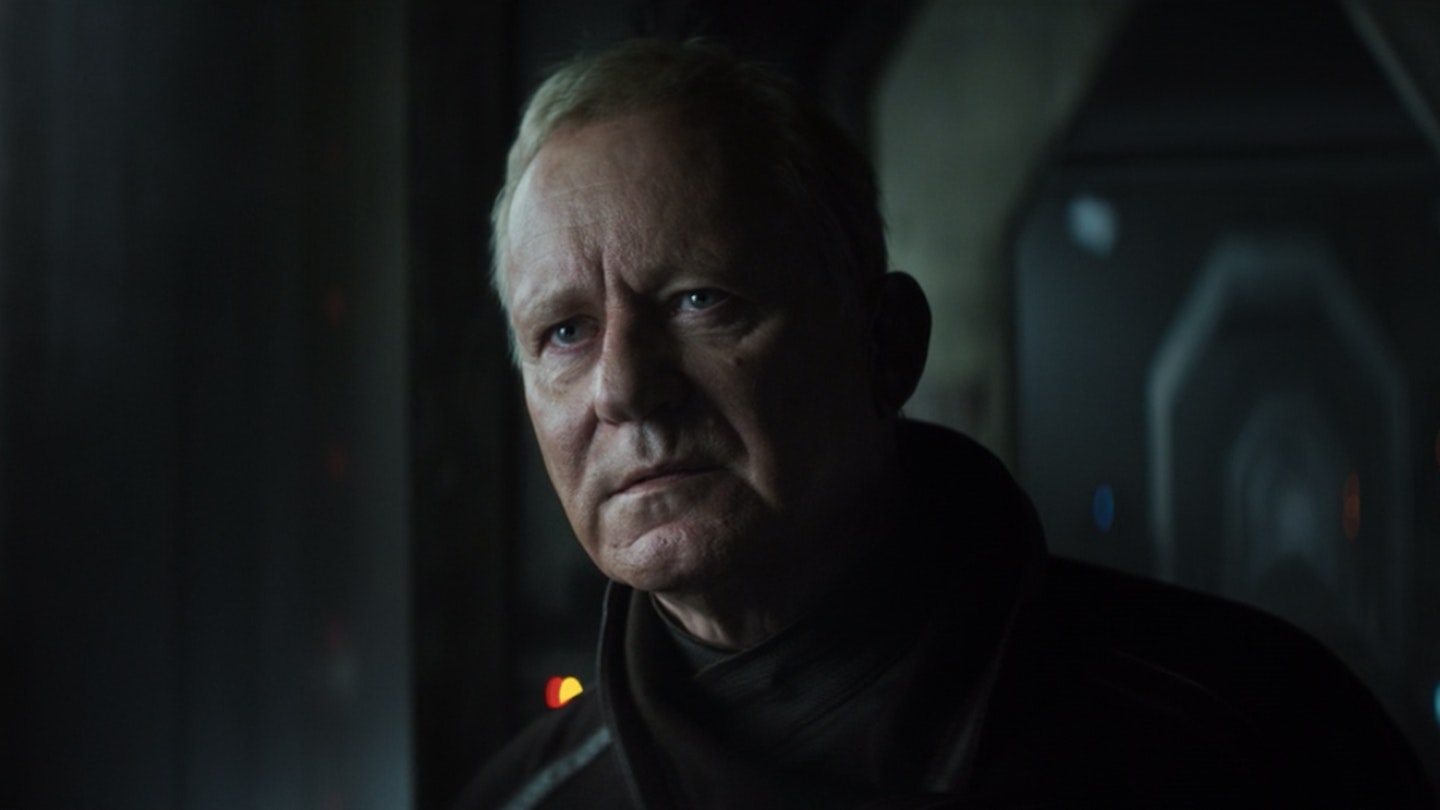
Not content with giving us just one Emmy-baiting monologue in Episode 10, Andor slipped in a second for good measure. Moments after Andy Serkis has weaponised the English language, Stellan Skarsgård steps up to deliver another acting masterclass. Asked what, exactly, he has sacrificed for the rebellion, Skarsgård's normally calm and measured Luthen responds with his eyes blazing: “I'm condemned to use the tools of my enemy to defeat them... I burn my life to make a sunrise that I know I'll never see. What do I sacrifice? Everything!” It's a gut-punch of a scene, in which Luthen's mask slips and we see his darkest fear: that he's no different to the people he's fighting.
The battle of Ferrix (Episode 12)
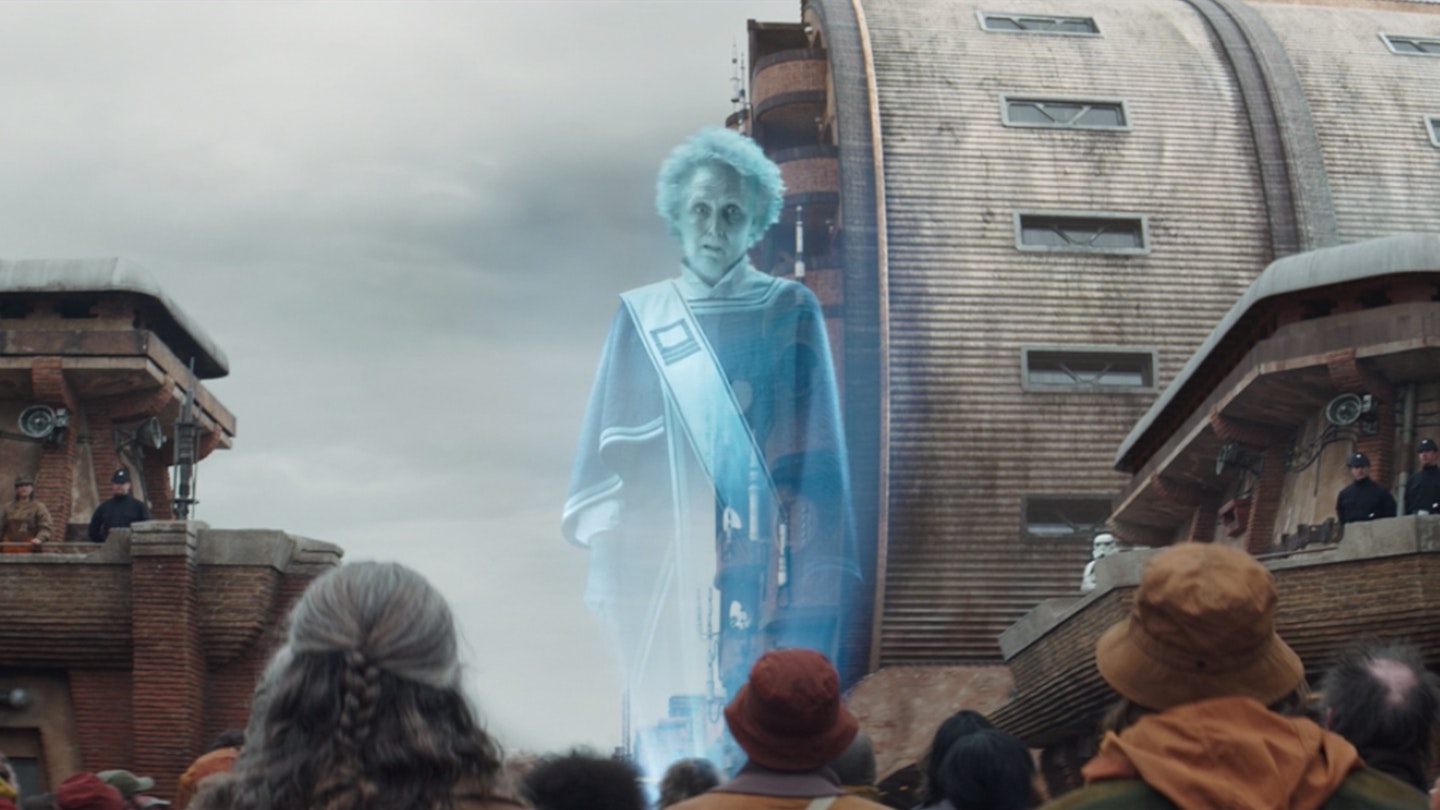
The superbly tense finale saw all roads lead to Ferrix, as nearly every character descended on the planet for Maarva's funeral. Fiona Shaw's posthumous speech switched from sombre to incendiary, as she urged her neighbours to "fight these bastards" – advice they quickly took literally, as bricks and bombs were hurled at Stormtroopers. It was another example of Andor's trademark move – the scorching monologue into visceral action sequence – and special mention must go to the Imperial officer who made a late bid for the title of 'biggest villain of the season' by flipping lovable droid B2EMO on his head. Roll on Season 2!
Andor is streaming now on Disney+
